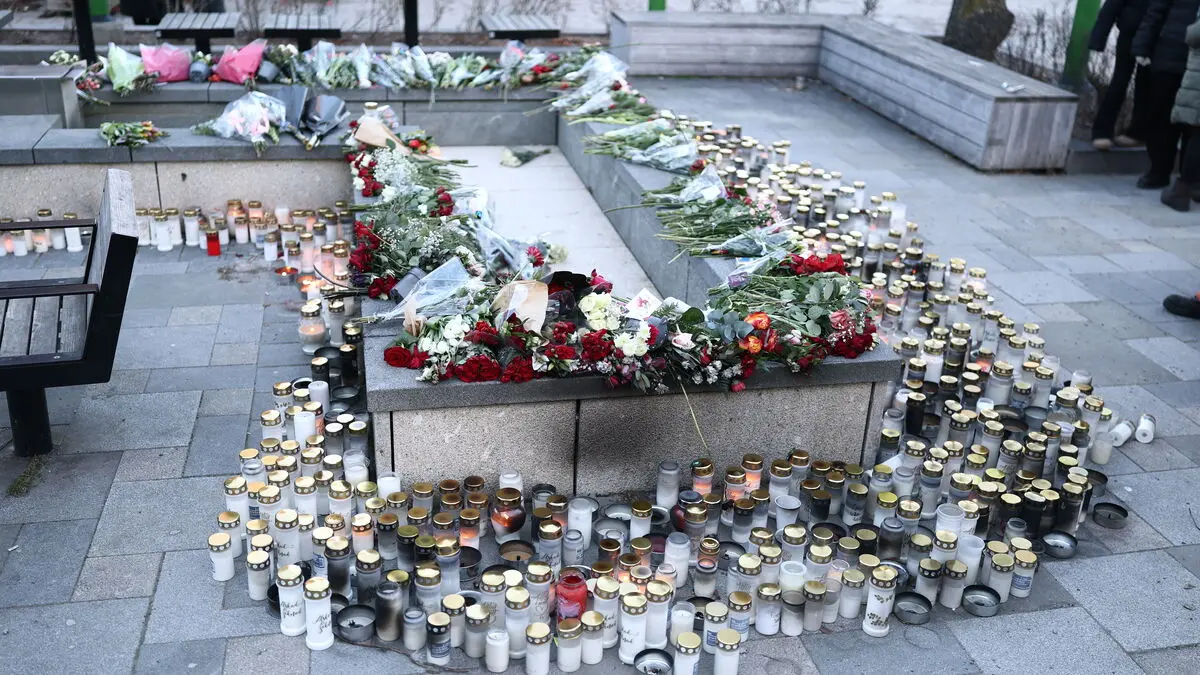The battery factory Northvolt's billion investment in Skellefteå has initiated a rapid transformation process in the area. For the municipality, it has meant a welcome opportunity to turn around the poor population figures, but at the same time, uncertainty and major challenges. Yesterday, the news came that 1,600 people will leave the company, of which 1,000 in Skellefteå.
Madeleine Eriksson is a university lecturer at the Department of Geography at Umeå University.
Major Risks
Northvolt has taken enormous risks. And I think they have been quite aware of it, she says.
According to Madeleine Eriksson, the Swedish perspective on industrial development is outdated.
If you build a gigantic factory and invest billions, everyone thinks, yes, now they will stay here for a while. But it doesn't work that way anymore. We'll see what happens now, if this is temporary or if the production will move in the long run.
Madeleine Eriksson emphasizes that green megaprojects are quite rare in our part of the world and that it has been something new for a Swedish municipality to handle.
It's extremely difficult for planners and local politicians to get the whole context. They have so little time and no time to reflect or read up. Everything has to go so fast.
A One-Sided Image
She means that it has led to a "now or never mentality" where you have to push on and not ask too many questions. Even the media have contributed to a one-sidedly positive image of Northvolt's establishment and haven't given enough space for risks or critical voices.
It was in 2019 that Northvolt, after competition between 20 Swedish municipalities, chose Skellefteå for one of the first large-scale battery production facilities in Europe and among the largest in the world. It was thanks to the municipality's strong economy.
There has been much to worry about when it comes to Northvolt's establishment. It hasn't been a give-and-take in this, but only give for Skellefteå municipality, she says.





